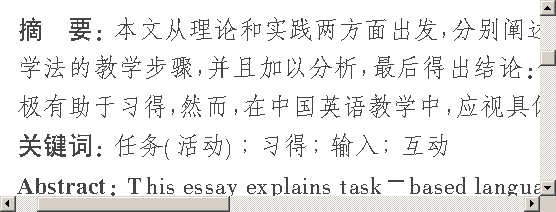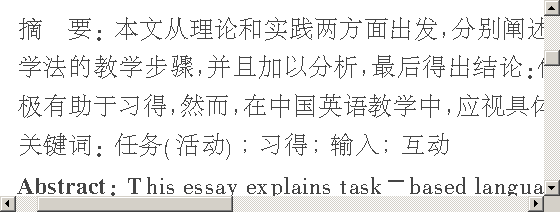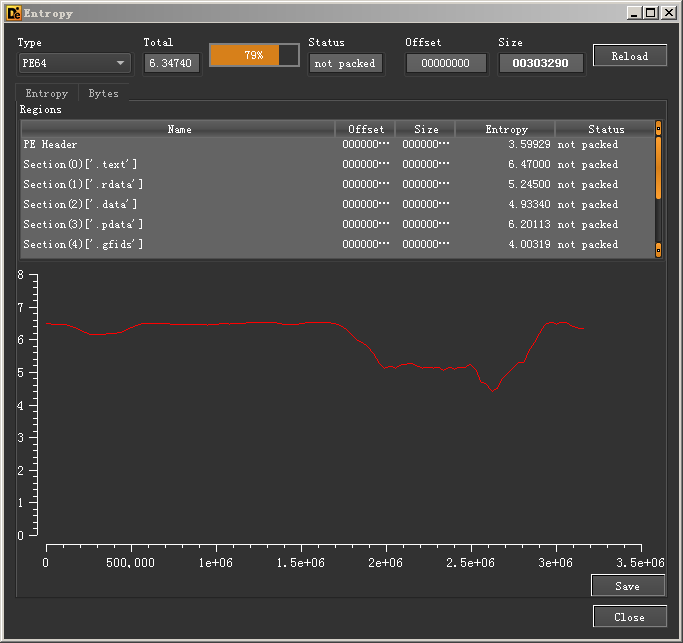Users may encounter this issue because Resource directory is missing.
Along with ReaderEx_x64.dll (and its dependencies) or libreaderex_x64.so, the Resource directory is necessary. Maybe we should edit this line.
[comment]: # (BTW: The code only works on x64 architecture. x86 version ReaderEx.dll takes only three flags instead of four.
https://github.com/caj2pdf/caj-convert/blob/6705e300bcaeebe77efc86697bb95f7a4de62747/caj-convert.c#L44
and this should be param.flag[2] = 0x26;.
https://github.com/caj2pdf/caj-convert/blob/6705e300bcaeebe77efc86697bb95f7a4de62747/caj-convert.c#L104)






See https://github.com/caj2pdf/caj2pdf/issues/63#issuecomment-880253362.